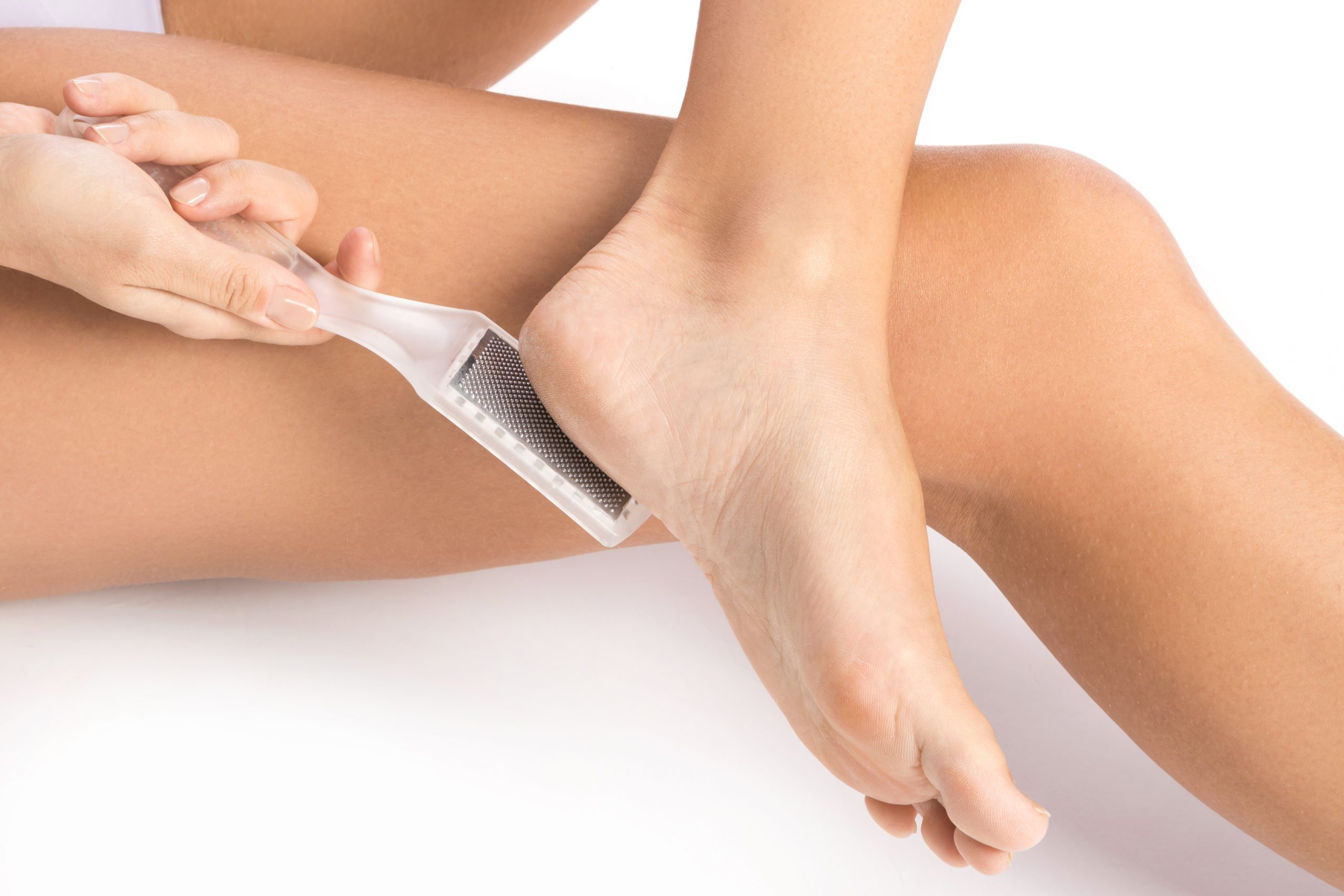Corns, calluses and severe corns
Corns, calluses and severe corns are formations of dead flesh under the feet. They can be embarrassing for people when they walk or exercise.
Often, people with delicate feet tend to suffer more. However, this foot problem is easily treated.
Corns, calluses, severe corns: how do they differ?
It is common for an individual to develop skin problems. However, it is important to know the difference between the 3 pathologies described below.
- Corn: this is a localized area of skin that thickens a lot. When a cluster forms, it bores into the skin and causes pain similar to that of a pebble in a shoe.
- Callus: a corn has several names, like callosity or hyperkeratosis. It is characterized by an accumulation of excessive layers of skin and can form cracks in the heel if not treated.
- Severe corn: these are also corns, but in their case, they are more advanced. They are painful, with a brownish center. They develop because of excessive pressure on the skin that has thickened, with internal bleeding of the corn.
Your podiatrist or nurse specialist can assist you with any of these 3 cases. Do not hesitate to consult with them to keep your skin and feet healthy.
Symptoms
Symptoms can vary from one case to another. You must pay attention, and learn more about the pain experienced.
- Callus: although initially not painful, a callus is a cluster of corns that can be very embarrassing and painful. Normally located on the bottom of the foot or on the toes.
- Corn: pale yellow in color, the corn is painless or not very painful.
- Severe corn: this type of corn is reddish, caused by inflammation and internal bleeding.
Normally, the best course of action is to act as quickly as possible by consulting a competent professional.
Causes
There are several reasons why a person will suffer from foot issues like corns, calluses or severe corns. Below are several causes that may be the source of these skin problems.
- Repeated rubbing: when the foot’s skin is rubbed repeatedly in the same place – during a sports activity or a long walk – it can result in the formation of a corn, callus or a severe corn.
- Wearing inappropriate shoes: the toes become deformed by the shoe, which is the main cause of calluses on the toes.
- Circulatory disorders: this is also a problem that can promote the growth of calluses on the toes and the front of the feet. A risk of ulceration is a possibility.
- Deformed toe: problems such as hammer toe and hallux valgus can cause the formation of corns by rubbing against the shoes.
Keep in mind that these are microtraumas. However, if you are diabetic or suffer from infected callosity, it is important to consult with a podiatrist without delay.
Higher risk individuals
Although for some, developing corns or calluses may be benign, for others this can result in complications.
- Diabetics: they sometimes develop corns on the feet that may result in wounds that are difficult to heal.
- Seniors: seniors have more delicate and thin skin. They must be vigilant if they feel any pressure or rubbing against their feet or toes.
Preventing corns, calluses and severe corns
You can prevent certain skin problems from appearing on your feet. Below are some of our tips to help you.
- Shoes: choose soft shoes and socks that allow your feet to move properly and that fit the shape of your feet.
- Orthotics and orthopedic insoles: These can protect your feet from trauma that triggers foot calluses.
- Foot hydration: ensure your feet are properly hydrated each day, especially the more sensitive areas.
- Gel cushions and silicone orthotics: if your feet are sore, consult your podiatrist to learn more about the protective devices available to you.
- Relieve pressure: reduce pressure as much as possible to avoid rubbing against the shoes and the tender areas of the foot.
Podiatrist care
In some cases, it is necessary for a professional to intervene in order to re-establish healthy feet. Below are some of the treatments available.
- Ablation of corns and calluses: this operation is performed by a podiatrist who removes the corn, callus or severe corn painlessly.
- Orthopedic insoles and braces: these can correct your foot’s posture and help reduce the formation of corns.
- Surgical adjustment of toes: this includes minor surgery to readjust the toes or correct hallux valgus

